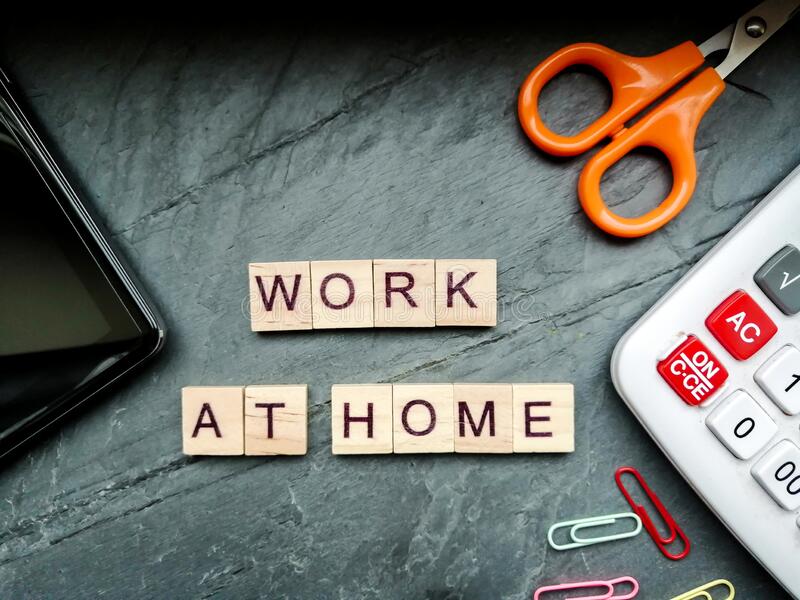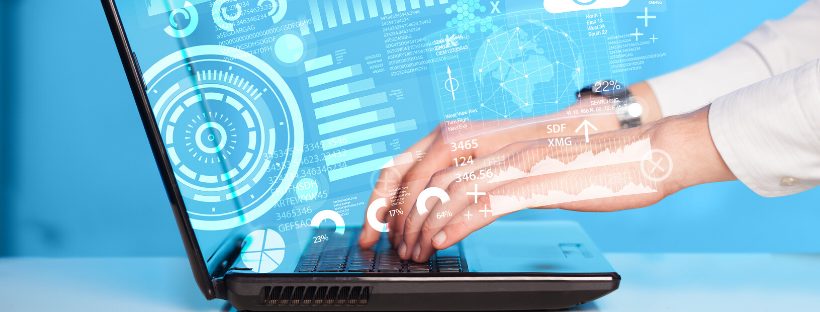Tesla’s Back to Work Push
Tesla’s Back to Work Push

I’ve largely worked remotely for the past 10 years, delivering projects in collaboration with teams across the UK, Europe, India, South Africa and Thailand.
I was asked by the kind people from the Ministry of Testing Manchester Meet-up to jot down some thoughts and ideas on how I approach this to hopefully help others less experienced with working from home who are now asked to do so due to the situation arising from the Covid-19 pandemic.
If you are interested in seeing the full Crowdcast you can find it on the MOT website once you have signed in.
I’ve also created this simple blog below containing the main points covered which I hope you will find helpful at this time.

So, is anyone missing those commutes to/from the office?
Let's assume you commute for 30 minutes each way (Some cases can be 60 or 90 minutes)
This is typically travel time, but likely you also use it in a couple of other ways.
On your way into work:
Way home from work
But when you are working from home your commute is typically a walk from one part of the house to another so there’s a danger, you’re losing out in this way.
Here are some examples of things that have helped me in the past;
Remember not to fall into the trap of wasting commute time, just because you're at home.
You can capitalise on this commute time to make your day/week run smoother.
Does the commute time allow you time for some self-learning?
It’s about finding the correct balance for you and making sure you are avoiding stressful situations arising later.

We are all likely to have distractions while working from home, it's OK. People understand so don't stress about this. Your distractions could be;
We have 2 children, a dog, 2 cats, and a neighbour embarking on a "Grand Designs" project so between them I'm guaranteed to have something come up.
These are the steps I typically follow when I have calls or online meeting;
And remember that you actually had a lot of distractions in the office with people randomly popping by, desk conversations and so on.

In our typical office environment, you get a lot of natural screen breaks;
All this is taken out of your hands when working remotely so you need to be proactive to ensure these happen.
At the minute Zoom calls are replacing meetings so screen time is increasing and video calling takes a lot more focus and concentration that a typical meeting.
I’m pretty sure we’ve all used the expression “Zoomed out” at some point since lockdown started.
Where you can, use the phone and take the opportunity to get away from the screen. Take a lap around the garden while the weather is nice or find another space to use for your calls.
At lunchtime, you’ll likely eat at home, BUT make time to stay away from the keyboard unlike the office where maybe you eat a sandwich at your desk.
Use lunch as a decent screen break and an opportunity to get some fresh air and exercise if you can.

How and when you do end your day?!
Potentially, your current remote working environment is a shared space in the house so, folding the laptop lid changes your office back to a kitchen.
There’s always a temptation to work longer hours when working remotely as you now have more time available. For those already maximising commute time, this will afford you an extra 5 or 10 hours a week already. Don't necessarily work longer hours because you can or leave earlier because you can. We are all adults and we know what we should or can do for that particular day.
Of course, there will be times when a few extra hours are needed in the same way they would in the office, which is essentially normal.
Working remotely sometimes means that tasks take more time, but we need to factor these things into planning rather than working many extra hours.
We all have email on phones and access to Teams/Slack and many other forms of communication to stay in touch after you close the laptop. So, whether you are in the office or remote so you won't miss anything you didn't miss while sitting in your office earlier this year.
We all know that working long hours doesn't necessarily make your more effective or productive.
Like many, I have a young family so during lockdown I essentially have a hard stop. The children are climbing the walls by 5:30 pm which forces a clear work/life balance, which is a good thing!
Remember, during these times we are all equally disadvantaged!
Just try and manage as well as you can and don't stress over items you are unable to control.
Make a point of clearing your laptop, iPad, pens, notes, and stuff away when you have finished as this will help to separate work time and start context switching back to home mode.

When working remotely there’s always a temptation to over communicate. While this was vital at the beginning to ensure everyone could do their job effectively it's important to create an environment that's as normal as possible. Everyone has a day job, so spending 6 hours on Zoom calls means productivity will drop dramatically.
The key here is to embrace trust and empowerment.
Try to make the remote situation as close to the office environment as is feasible. Any hands on managers who rely on checking in every few minutes will find this incredibly challenging to begin with. A morning session/stand-up makes sense, set the scene for the day, ensure everyone is clear on the plan and has everything they need to deliver it. During critical projects or phases then it's also appropriate to have a further session around lunch and if needs must end of day. Ensure that everyone that has a stake in the delivery is aligned to the necessary Slack/Teams/chat channels so updates can be made as and when appropriate.
Make sure you have a way to manage escalation or ad-hoc situations that will arise. Manage those as you would typically through phone/video/WebEx etc. Even when office based there are often 3rd parties involved anyway.
For any 1:1 sessions do these at appropriate intervals, everyone has different needs – So discuss and agree these
One of the major drawbacks of remote working is the lack of a whiteboard session. Digital alternatives are available but they rarely replace the real thing. Where time allows you can pre-plan this using slides or similar to articulate the vision, problem or what you’re trying to achieve.
For reactive problem solving then it's highly likely that you'll have to use a virtual whiteboard where urgent and time-bound.

You can land a plane in the dark is because you have the instrumentation to do so.
Metrics are vital, no question, even more so with remote working. If you’re continually looking for information of some kind then this is the place to focus your efforts.
Many people use agile boards in one form or another. Digital versions of these are now very common to allow for remote working. If you don’t currently have a digital board, some tools you already use may have this option (Microsoft, Jira). If not a simple Trello board will do the job just fine. Collaboration boards help to drastically reduce the number of meetings and touch points
When planning, make sure you factor in extra time as required to allow for any complications caused by reduced staff numbers and remote delivery and make sure you are pro-active where you need to be. If you have a hard deadline and need input from others then get this time booked in early as planning ahead just makes life a lot easier for everyone.
If you're interested in discussing further drop me a line and I'll be in touch.[vlt_social_share title="Like this post? Please share!"]

Efficiency: A word that every organisation knows all too well. Today’s fast-paced, digitised world demands it now more than ever, as companies...

As the gravity of Covid-19 continues to affect our lives, societies, economies and livelihoods, it is clear that this unforeseen turn of events has...

The retail sector has faced ongoing disruption in recent years with the rise of ecommerce, click-and-collect, next-day and even same-day deliveries....

Who’d have thought when walking on the street someone wearing a mask and people keeping their distance from you would be the norm? There are a lot of...